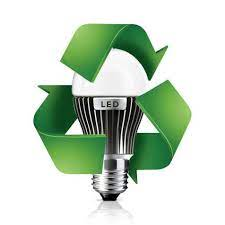
Sustainable alternatives for LED lighting include options such as organic LED (OLED), ceramic LED (CLED), and hybrid LED (HCLED). OLED lighting provides high energy efficiency and is made from organic materials, making it a more environmentally friendly option. CLED lighting is made from ceramic materials and has a longer lifespan compared to traditional LED lights. HCLED lighting combines the best of both LED and CFL technology, resulting in a more efficient. These alternative LED lighting options offer a greener alternative to traditional LED lighting and provide a more sustainable way to illuminate our homes and businesses.
What are some environmentally friendly alternatives to LED light?
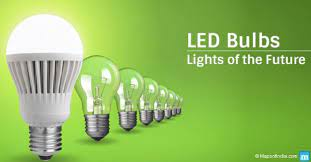
There are a variety of sustainable alternatives to LED lighting available, including:
CFL (compact fluorescent lamp) lighting: CFLs use less energy than traditional led bulbs and contain a trace amount of mercury, which can be hazardous to the environment if not disposed of properly.
OLED (organic light-emitting diode) lighting: OLEDs are made from organic materials and do not contain any toxic materials or rare earth elements.
LED bulbs with recycled materials: Some manufacturers are using recycled materials in their products to reduce the environmental impact of production and disposal.
Solar-powered lighting: Solar-powered lighting systems do not require any electrical power and are powered by renewable energy from the sun.

How do sustainable alternatives to LED light bulbs compare in terms of energy efficiency and cost?
LED alternatives vary according to the product and technology. Some alternatives to LED may be more eco-friendly, while others may be more expensive or perform less well.
Are sustainable alternatives to LED light bulbs safe for human health and the environment?
The sustainable lamp is intended to be safer than traditional lighting for both human health and the environment. However, it is always important to consider the potential health and environmental risks before using any product, as well as to follow proper safety protocols and guidelines during installation and use.
How can I choose a sustainable alternative to LED lights that meets my needs?
When choosing a sustainable alternative, it is important to consider your specific needs and requirements, such as the type of application, cost, and environmental impact. You can also research different products and technologies to find one that meets your specific needs and preferences.
Can lighting be made to be environmentally friendly?
Yes, lighting can be sustainable. Sustainability in lighting refers to the production, use, and disposal of lights in a way that meets the needs of the present generation without compromising the ability of future generations to meet their own needs. This involves considering factors, the use of renewable energy sources, and the use of recyclable materials in the production of lights. Sustainable lamp options include LED lights, lights powered by renewable energy sources such as solar or wind, and lights made from recycled materials.
What are the key benefits of sustainable lamps?
The key benefits of sustainable lamps? include:
Energy Production: Energy-efficient lighting options, such as LED lights, reduce the amount of energy consumed and result in lower energy bills.
Environmental Protection: By using sustainable lamps?, we can reduce our carbon footprint and help protect the environment.
Cost Savings: The longer lifespan of sustainable lighting options, combined, can result in significant cost savings over time.
Improved Health and Well-Being: Some sustainable lighting options, such as natural daylight and LED lights with adjustable color temperature, can improve our health and well-being by providing high-quality light that mimics natural daylight.
Durability: Sustainable lighting options are often designed to last longer than traditional lighting options, reducing the need for frequent replacements and the associated waste.
Increased Sustainability: By using sustainable lighting, we can contribute to a more sustainable future for ourselves and future generations by reducing our impact on the environment and preserving natural resources.
Energy-saving and environmentally friendly
Energy-saving and environmentally friendly lighting refer to lighting solutions that are designed to reduce energy consumption and minimize the negative impact on the environment. These lighting solutions often utilize energy-efficient technologies, such as LED lights, and are powered by renewable energy sources such as solar or wind power. In addition, they are often made from recyclable materials, reducing waste and contributing to a circular economy.
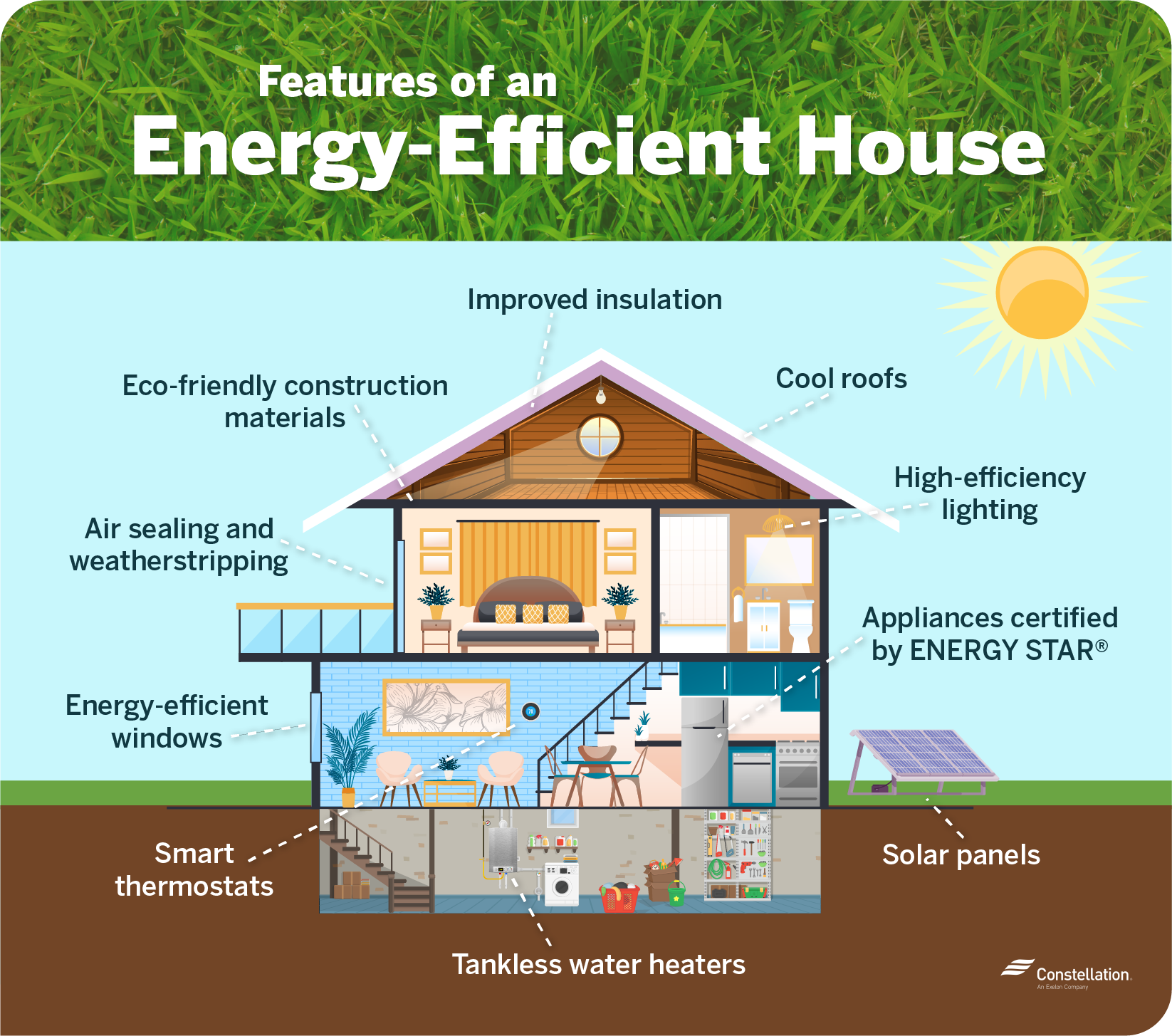
Why should you go for sustainable lighting?
There are several compelling reasons to choose sustainable lighting:
Environmental Protection: Sustainable lighting helps reduce greenhouse gas emissions and other forms of environmental pollution, contributing to a cleaner and healthier planet.
Energy Efficiency: Sustainable lighting options, such as LED lights, are highly energy-efficient, reducing the amount of energy consumed and resulting in lower energy.
Cost Savings: The longer lifespan of sustainable lighting options, combined with their energy efficiency, can result in significant cost savings over time.
Improved Health and Well-Being: Some sustainable lighting options, such as natural daylight and LED lights with adjustable color temperature, can improve our health and well-being by providing high-quality light that mimics natural daylight.
Durability: Sustainable lighting options are often designed to last longer than traditional lighting options, reducing the need for frequent replacements and the associated waste.
Increased Sustainability: By choosing sustainable lighting, we can contribute to a more sustainable future for ourselves and future generations by reducing our impact on the environment and preserving natural resources.
In short, going for sustainable lighting is a responsible and cost-effective choice that benefits both individuals and the environment.
Choosing The Most Sustainable Light Bulb
Choosing the most sustainable light bulbs involves considering several key factors, the use of renewable energy sources, and the use of recyclable materials. LED lights are considered one of the most energy-efficient options, providing bright and long-lasting illumination while consuming less energy. If you want to power your lights using renewable energy, you can consider solar-powered lights or wind-powered lights.
In terms of materials, look for light bulbs made of recyclable materials that can be easily recycled at the end of their lifespan. Consider the color temperature as well as the dimming capabilities to ensure that it meets your needs and preferences. By taking these factors into account, you can select the most sustainable option that meets your needs and contributes to a more sustainable future.
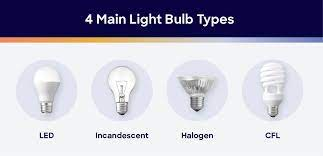
LED light bulbs are highly efficient and cost-effective
LED lights are a highly efficient and cost-effective way to save energy and reduce your electricity bill. LED light bulbs are much more energy-efficient than traditional incandescent bulbs, consuming up to 90% less energy. This energy saving results in lower electricity costs and a reduced carbon footprint. In addition to being energy savings, LED lights also have a longer lifespan than traditional bulbs, which means they need to be replaced less frequently, further reducing the need for new materials and energy used in production.
LED light bulbs are sustainable because of their low energy costs
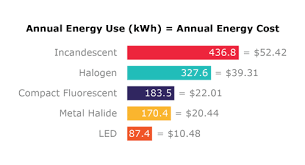
LED light bulbs is regarded as a sustainable lighting option. It is use far less energy than traditional lighting technologies like incandescent and fluorescent bulbs. This means that using LED lights in your home or business can lead to significant reductions in your energy bills, making it a cost-effective option for those looking to save money. In addition, LED lights also have a longer lifespan compared to traditional bulbs, which means they need to be replaced less frequently, further reducing the demand for new materials and energy used in production. By reducing the need for frequent replacements, LED bulbs is a sustainable solution for those looking to make a positive impact on the environment and reduce their carbon footprint.
How Can Reusable Materials Be Used to Produce More Sustainable LEDs?
The production of LED bulbs can have a significant impact on the environment, due to the use of materials such as rare earth elements and toxic chemicals. However, the use of reusable materials can help make LED bulbs more sustainable. By using recycled materials in the production of LED lights, manufacturers can reduce the demand for new raw materials, lower the energy used in production, and reduce the environmental impact of disposal. Some manufacturers are also using biodegradable materials in their LED lights, which are safer for the environment and can be broken down more easily once the lights have reached the end of their lifespan.

Leave a Reply